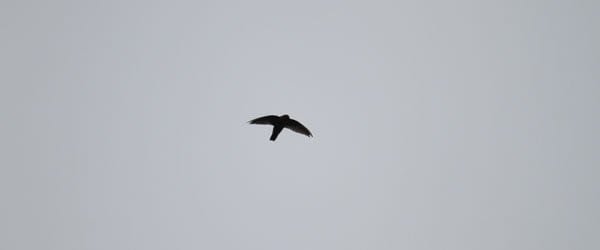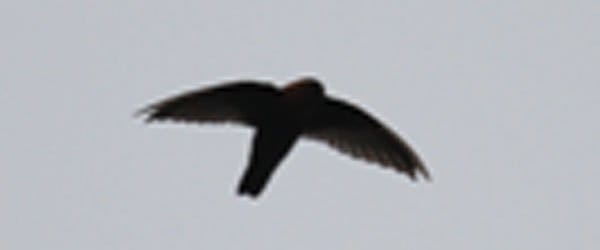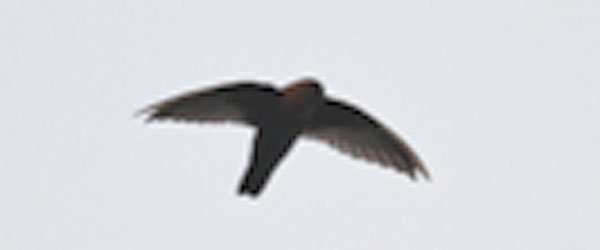My interest in photography started at age 17 and now it has become a very important part of enjoying and improving my birding experience. Photography has given me an opportunity to have a detailed look at the birds that I could not get with the use of binoculars. In fact my interest in birding increased 10 fold when I was able to accurately identify the birds by reviewing and working with the photos that I took. The homework that comes along after taking photos has also helped me memorize the names and the bird marks that make them different from other species.
To take full advantage of the benefits of photography one must learn how to take advantage of the new camera technology, and also learn how to use the amazing power in photographic software to fully reap the benefits of the highly advance photographic sensors on the new cameras. The technology of newer cameras continue to improve while the prices go down resembling the computer industry, this phenomena is described as Moore’s Law where the computing power doubles every two years. The similitude is close since photography is now turned into what is better termed as Digital Photography and the technology now improves as the digital sensors and processors improve. This type of improvements has not reached the optics industry so an excellent pair of binoculars from 25 years ago is still and excellent pair of binoculars today, we could not say the same about cameras!
A typical example of the use of this technology is flyovers. Many times a sudden flyover leaves one empty handed and frustrated. This difficult situation can benefit from the newer technology with the following technical advantages:
1. Focusing speed.- The newer cameras (semi-professional and professional) can focus almost instantly. This kind of speed is crucial if you are trying to identify (take a picture) of a flying bird.
2. Memory.- I struggle with this item. I suppose many of you have the same problem as we get older, our ability to retain all the bird marks become harder. But my flash card has not failed yet and all my photos are keeping all the bird marks since I started taking digital pictures 10 years ago.
3. Lighting.- I love the magic that new sensors have allow us to do with the photo lighting. The photo-diodes used in the camera sensors have become so good that now they are getting close and in some cases better than our own eyes.
4. Magnification.- This is a fantastic feature of digital photography. While our binoculars and scopes have limited magnification, the use of software allows us to magnify to any extent.
The following picture shows a fly-by as the camera registered, as you can see it is not clear what kind of swift it is.

Here is the same bird after cropping for magnification.

The same picture after magnification and exposure increase to reveal more colors.

With this information one can be 100% certain that the swift is a Chestnut-collared Swift. This type of situation has repeated itself in many birding tours so I have decided to always bring my camera as a birding ID assistant tool.













enlightening article. I have been meaning to get a better camera for ears now. Perhaps it’s time.
I would love to have you review my images, I need a little direction. Thank you!
Cris
Hi Renato,
What an excellent article that was. It always amazes me how many people buy a new camera, take it straight out the box and start using it. They then sadly never get to see all the incredible things a modern camera can do.
Moores Law is happening but too many people seem in too much of a rush to get the camera out of the box!
Hi Jerry, It is always a good time to get a new camera, just have to figure out how much you want to spend.
Hi Cris, I would be honored to help. You are a pro and have very beautiful images in your site.. I enjoyed your creativity!
Hi James, I enjoyed very much reading the info in your site! Congratulations on your new business.
Great post Renato, I have obtained an armchair lifer or two with my photos. One memorable one was a raptor photographed at Punda Maria in the Kruger Park, it was quite high and difficult to id properly so i snapped off a few shots and forgot about it. Later back at home while going through my photos I identified the bird as an Ayres Hawk Eagle which increased my life list by one. I do this regularly now just to make sure of those birds which don’t really hang around long enough to make a positive id with binocs and field guide..